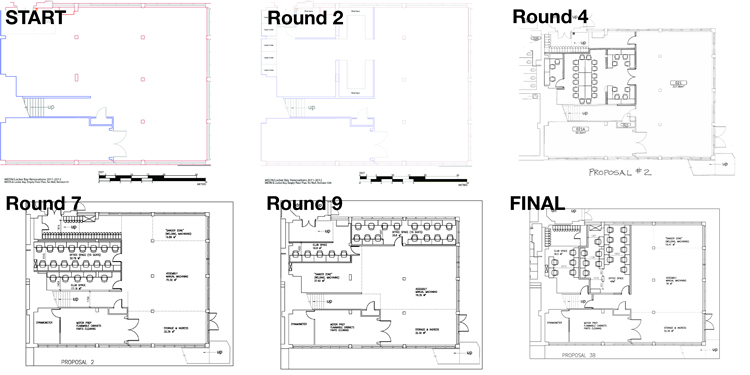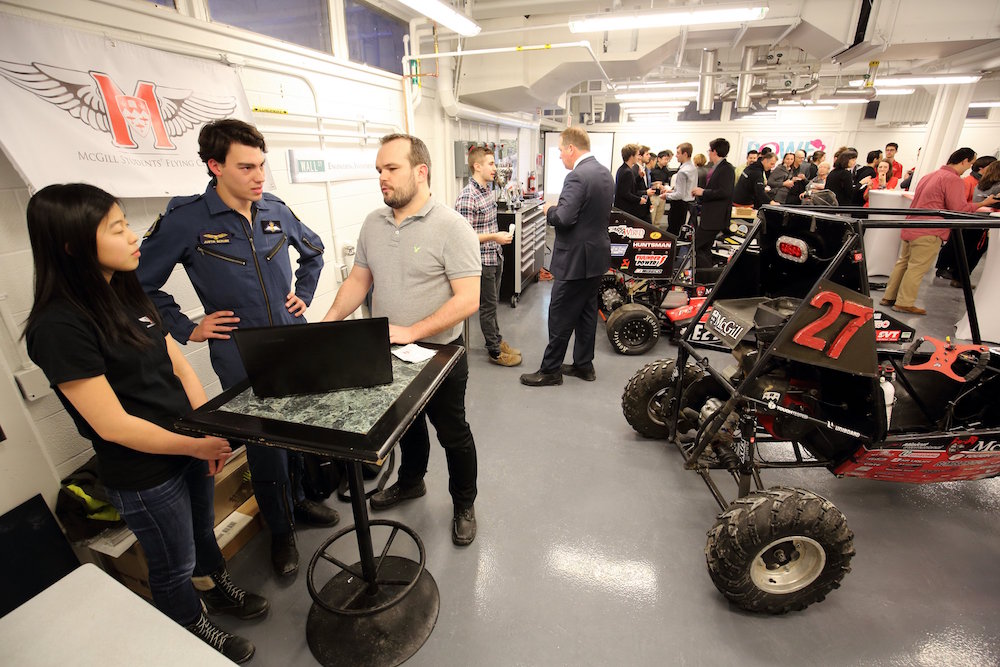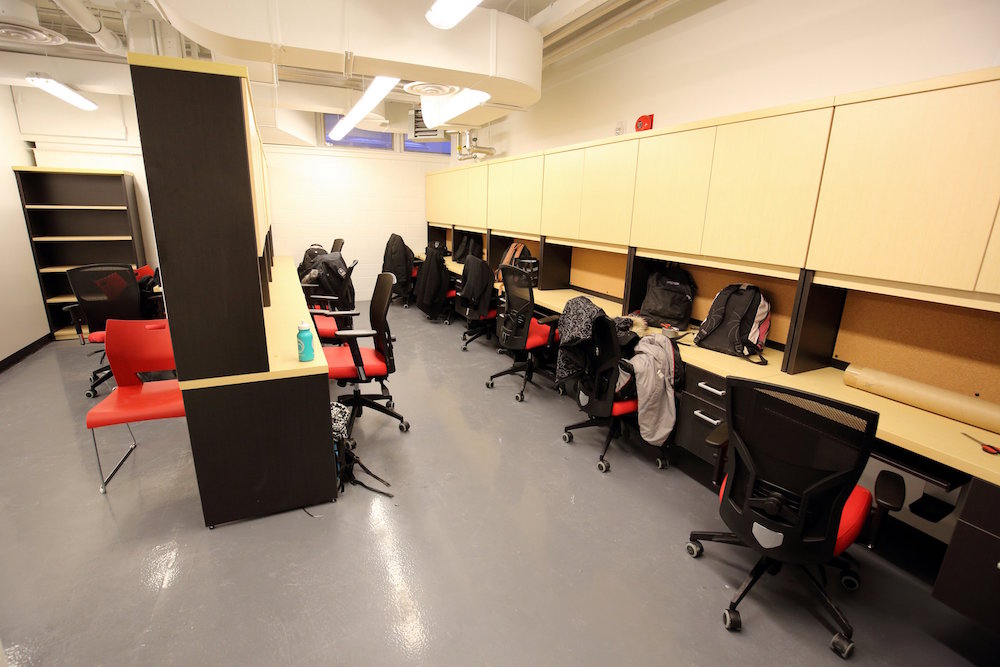Intro:
The renovations to the McGill Engineering Design Network area, called MEDN for short, entail large-scale physical improvements as well as improvements to the furniture and tools available within the space. Each of the enclosed spaces will be re-designed from the ground up to meet the individual needs of the groups that will be using each space. The renovations go much further than just tearing down walls and installing new lights; the project will make a substantial investment into IT, furniture, tools, physical space, and environment to make the space ideal for student groups that will soon inhabit them.
Challenge:
Transform an underutilized space into an up-to-code workshop for five student design teams and an office and meeting room for ten student clubs.
Work:
From initial concept until June 2014, I was the project manager for the renovations. At the open of the project, I conducted several months of user studies with a team of two other students, including fly on the wall observations, extreme user interviews, dreamstorming, cognitive mapping, “a day in the life” brainstorms, rapid ethnography, and surveys and questionnaires (tools from IDEO’s Method Cards). From this, the team began to develop sample floor plans from which we made nine design iterations before bringing in the engineering team that would design official floor plans (a team made up of four professional engineers: a project manager, an architect, a mechanical engineer, and an estimator). Based on estimates prepared by the team of professional engineers, I led the funding campaign for the project by creating sponsorship materials and project documentation, presenting the project to partners on and off campus, and eventually raising the $630,000 needed to fund the project in collaboration with several key project partners. Due to several budget extensions and construction delays, I have dealt with change management over the three years that the project has existed through changing leadership both at McGill and in the 15 clients the renovations were intended for.
Credits:
Graphic design elements for the sponsorship material were created by Alessandra Hechanova.








